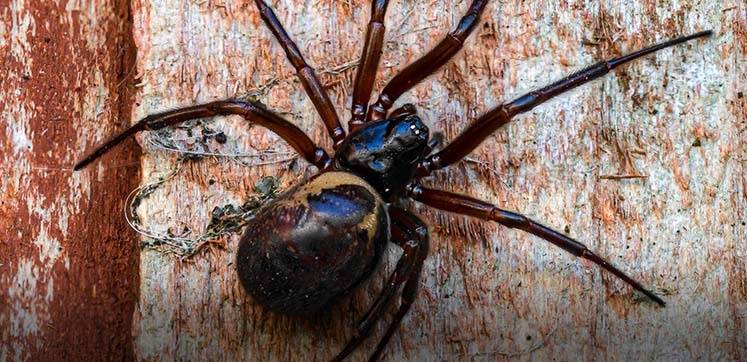False widow spiders, a group of venomous arachnids often mistaken for the notorious black widow, have gained attention due to their intimidating appearance and perceived danger. Here are five intriguing facts about false widow spiders that shed light on their nature and significance:
**1. ** Diverse Species and Distribution:
False widow spiders belong to the genus Steatoda and encompass a wide range of species. While they are commonly found in temperate regions worldwide, they are especially prevalent in Europe and North America. Their diverse habitats include gardens, homes, and various outdoor environments. Despite their prevalence, interactions with humans are relatively rare.
**2. ** Venom and Bites: The venom of false widow spiders contains toxins that are used to immobilize and digest their prey. While their bites can be painful, they are generally not fatal to humans. Symptoms of a false widow spider bite can include localized pain, redness, and swelling. Severe reactions are uncommon but can occur in sensitive individuals. Medical attention should be sought if a bite causes significant discomfort or allergic reactions.
**3. ** Misidentification with Black Widows: One of the most intriguing aspects of false widow spiders is their resemblance to black widow spiders, which are known for their potent venom. This visual similarity has led to frequent misidentifications, causing unnecessary panic. Unlike black widows, false widow spiders generally have less potent venom and are less likely to cause serious harm to humans.
**4. ** Web-Building and Behavior: False widow spiders are skilled web builders, creating intricate, tangled webs to catch their prey. They are opportunistic hunters, feeding on a variety of insects. Their behavior is predominantly nocturnal, with most of their activities occurring during the night. During the day, they tend to remain hidden in cracks, crevices, or sheltered spots.
**5. ** Ecological Importance: While false widow spiders might evoke fear, they play a valuable role in controlling insect populations. By preying on pests like flies, mosquitoes, and other small insects, they help maintain the balance of local ecosystems. Their presence can contribute to reducing the need for chemical pest control methods in certain areas.
In conclusion, false widow spiders are intriguing creatures often misunderstood due to their resemblance to more dangerous spider species. While they possess venom and their bites can be painful, they generally pose minimal threat to humans. Appreciating these spiders' ecological role and understanding their behaviors can foster a greater sense of coexistence and alleviate unwarranted fears. As with any wildlife, it's essential to exercise caution and respect when encountering false widow spiders to ensure both their well-being and ours.


